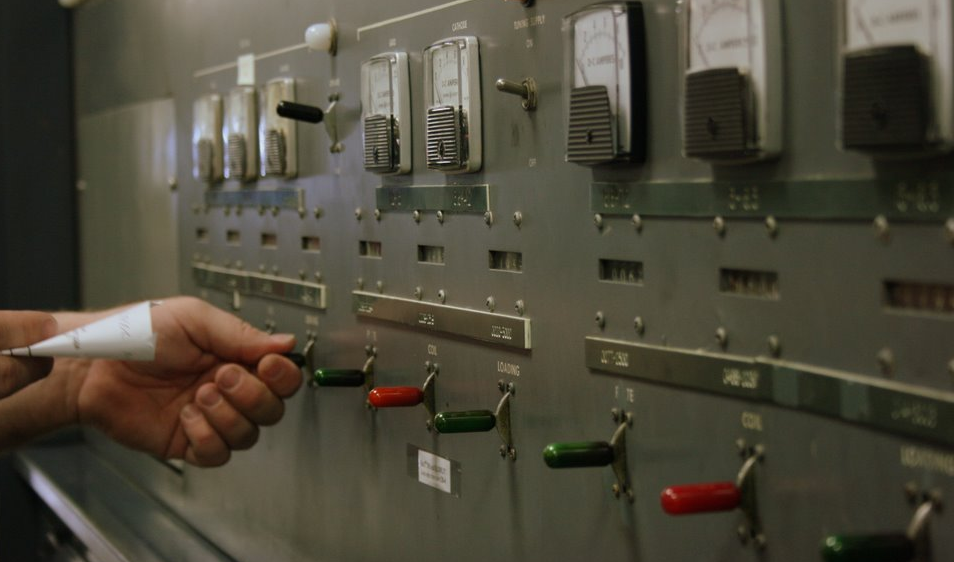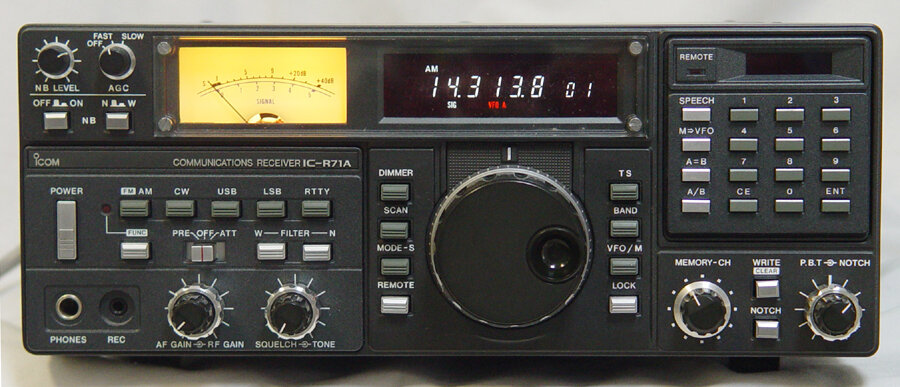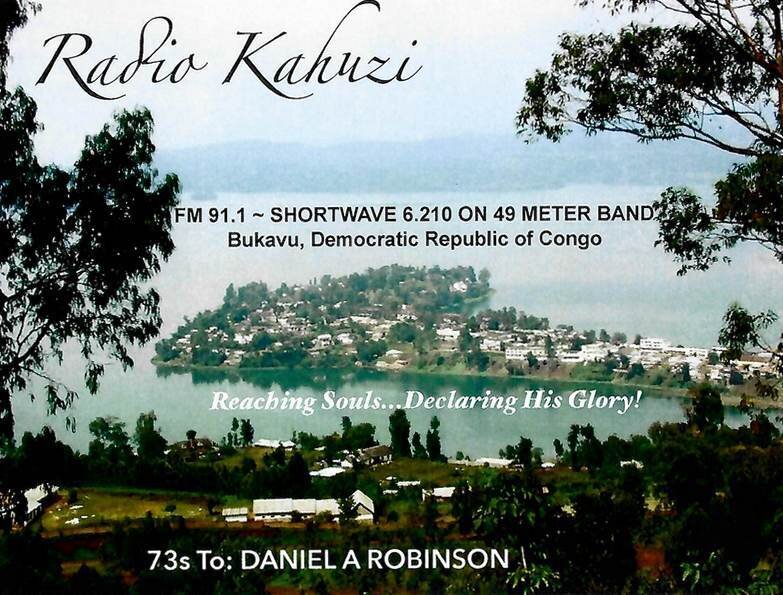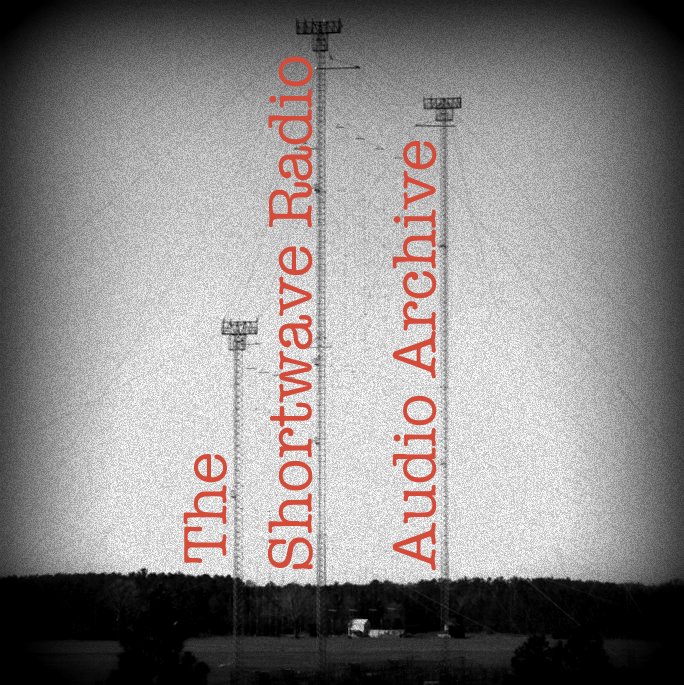WRNO was the U.S. shortwave station founded by Joseph Costello III as described here and went on the air in February 1982 as a commercial international broadcaster. Another recording can be found in the archive but this is one of the earliest recordings of the station after it first went on the air.
As described by Wikipedia, WRNO was the first privately owned shortwave station licensed in several years at the time of its approval by the FCC: “Before Costello's efforts, there were only three non-governmental American shortwave broadcasters on the air; by the end of the decade, that number had increased to sixteen.[2] WRNO shortwave had a rock music format, branded as the "World Rock of New Orleans" and operating from noon to midnight (GMT-6) daily. Originally a separate broadcast from the FM station, eventually WRNO turned to simulcasting WRNO-FM, which also had a rock music format. During the early 1990s WRNO turned to leasing airtime to religious and political commentators (for a time, it was the shortwave home of Rush Limbaugh's program) until a damaged transmitter forced the station off the air for several years.” In 2001 the station was purchased by Good News World Outreach, a non-profit religious broadcaster.” This article in SWLing Post shows the transmitter of WRNO as of 2009.
A bit of shortwave trivia not widely known — Joseph Costello appeared in the first pilot of “Communications World” the VOA program for shortwave listeners originated by Dan Robinson, who went on to be a foreign correspondent, congressional reporter, and chief White House correspondent for VOA through the 1980’s, 1990s and 2000s.
















